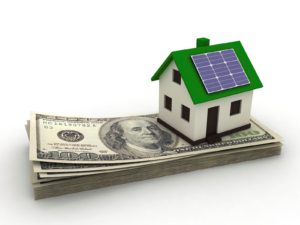How To Sell Your Solar Projects To Secondary Investors
By Christos Georgopoulos
 It’s a new day for solar in the US. The PV plant market is seeing signs of maturity as owners and developers sell assets to an increasing number of new investors. In fact, Navigant Research projects that the worldwide solar PV market will surpass $134 Billion in annual revenue by 2020. Similar to what we observed in the European markets after saturation, solar economics have changed dramatically in the past few years and risk-averse investors are now ready to enter the fray.
It’s a new day for solar in the US. The PV plant market is seeing signs of maturity as owners and developers sell assets to an increasing number of new investors. In fact, Navigant Research projects that the worldwide solar PV market will surpass $134 Billion in annual revenue by 2020. Similar to what we observed in the European markets after saturation, solar economics have changed dramatically in the past few years and risk-averse investors are now ready to enter the fray.
Groups with lower yield targets, such as pension funds, are attracted to these secondary markets. Mature PV assets might only offer single-digit returns but come with much less risk than what a developer faces during the project development and implementation stages. Asset backed securitization, the process of bundling multiple projects and structuring an illiquid asset into a liquid and tradable one (i.e. a security), by investment bankers, capital providers, REITs, MLPs, and YieldCos, has allowed mature solar assets to morph into investment vehicles.
When secondary investors acquire PV plants, they require auditable performance data as part of the due diligence process. And as the assets change hands, the new owner often must work with third-party operations and maintenance companies to manage multiple sites and plants across different geographies. To maximize returns from these lower-risk, lower yield investments, secondary owners and their operators are keen to actively manage performance.
Proactive owners can expect to get an additional 10-20 years of performance out of these assets if they have monitoring solutions capable of consistently detecting plant or equipment failure and underperformance. Sophisticated monitoring systems are even able to track grid-side problems, evaluate power delivery from plant to grid, and calculate revenue as well as all type of losses, helping these investors maximize yields and quantify possible damages. These advanced systems provide secondary owners with financial indicators (including IRR – pre-tax or post-tax, nominal or real, leveraged or unleveraged, return on equity investment, etc.) to optimize their PV asset portfolio.
Secondary activity in the PV plants market is a sign of an active, healthy market that solidifies solar in the US energy mix.
Christos Georgopoulos is co-founder and CEO of Inaccess

